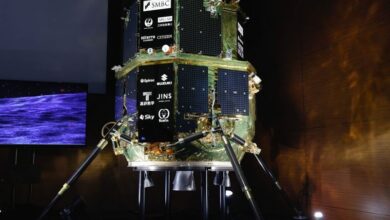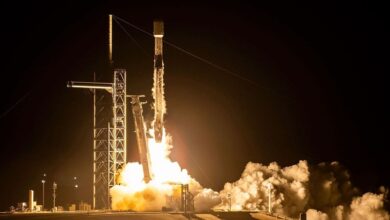Scientists Smash Nuclear Fusion Record, Igniting Hope For Limitless Clean Energy
News Mania Desk / Piyal Chatterjee / 8th June 2025

Researchers in Germany have made significant progress toward generating nearly limitless, clean energy through nuclear fusion—the same intense reaction occurring at the Sun’s core. Employing the Wendelstein 7-X nuclear fusion reactor, the scientists successfully maintained the fusion experiment for an extraordinary 43 seconds, surpassing prior records, as stated in a report by LiveScience.
Scientists have long aimed to develop nuclear fusion for energy needs, but achieving temperatures above 100 million degrees Celsius and maintaining its long-term operation has consistently been a challenge. Additionally, present reactor designs utilize more energy than they can generate.
Nonetheless, by operating the device with very low-density and electrically charged hydrogen gas as fuel, researchers succeeded in attaining the breakthrough. Wendelstein 7-X, formally named a ‘stellarator’, is a fusion apparatus that restrains heated, charged gas, referred to as plasma, through the management of strong external magnets.
On May 22, the plasma within Wendelstein 7-X was increased to more than 20 million Celsius, hitting a maximum of 30 million Celsius. It also achieved a new record high triple product, an important measure of the effectiveness of fusion power generators. The triple product combines particle density in the plasma, the temperature needed for fusion, and the energy confinement duration.
“The new record is a tremendous achievement by the international team. Elevating the triple product to tokamak levels during long plasma pulses marks another important milestone on the way toward a power-plant-capable stellarator,” said Thomas Klinger, Head of Operations at Wendelstein 7-X.
Researchers view nuclear fusion as the ultimate solution for energy. It is what fuels our Sun as atomic nuclei combine to generate enormous amounts of energy, which contrasts with the fission process utilized in nuclear weapons and power plants, where a heavy atom divides into several smaller ones.
Last year, the Experimental Advanced Superconducting Tokamak (EAST) fusion reactor, known as China’s ‘artificial sun’, maintained plasma for an impressive 1,000 seconds, surpassing the 403-second record established in 2023.
In contrast to fission, fusion does not release greenhouse gases and poses a lower risk of accidents or the misappropriation of nuclear materials. Scientists aim to replicate the sun’s natural reaction, believing this technology could harness vast energy supplies, aid in addressing the energy crisis, and support human exploration beyond our solar system.






